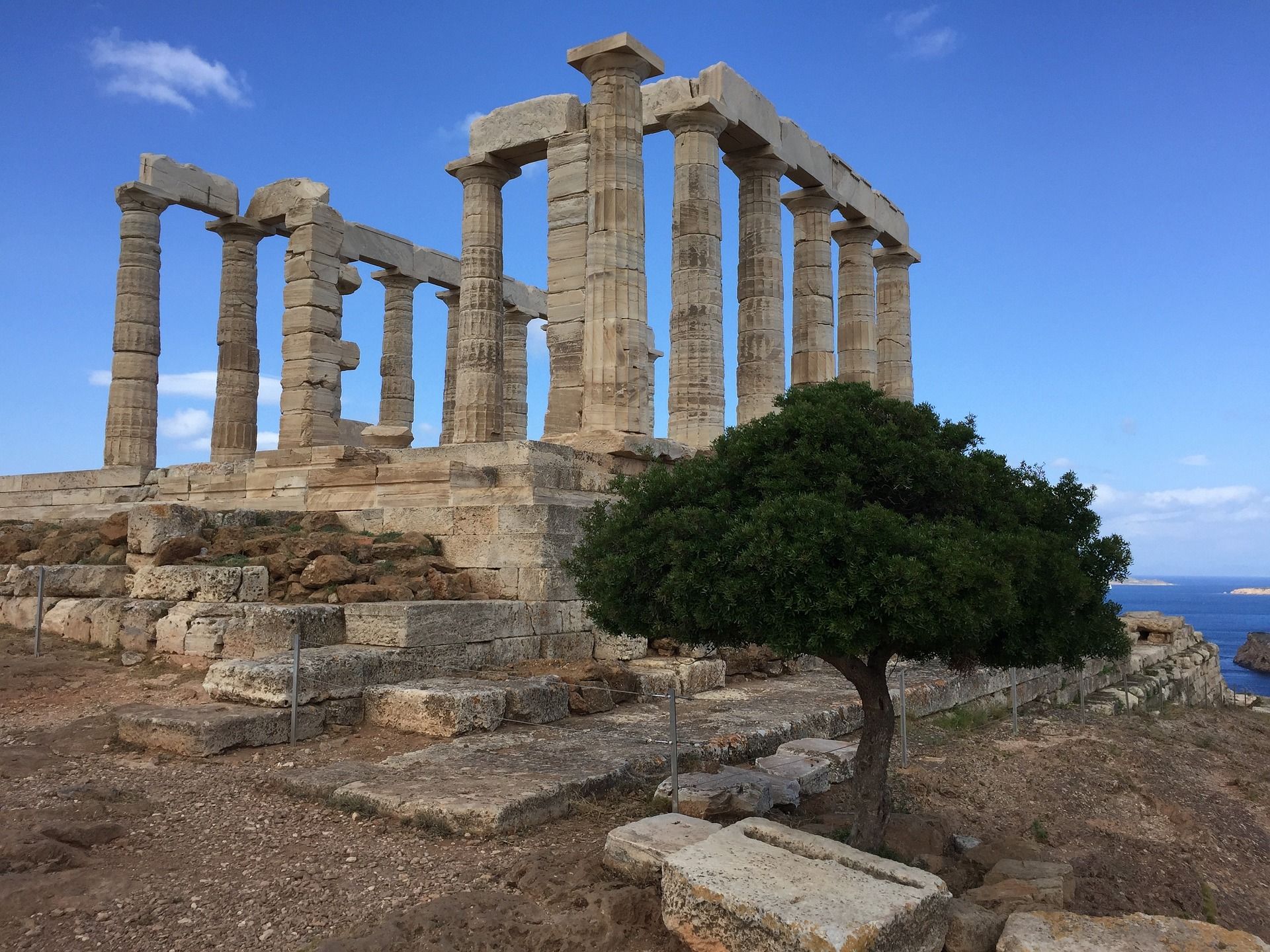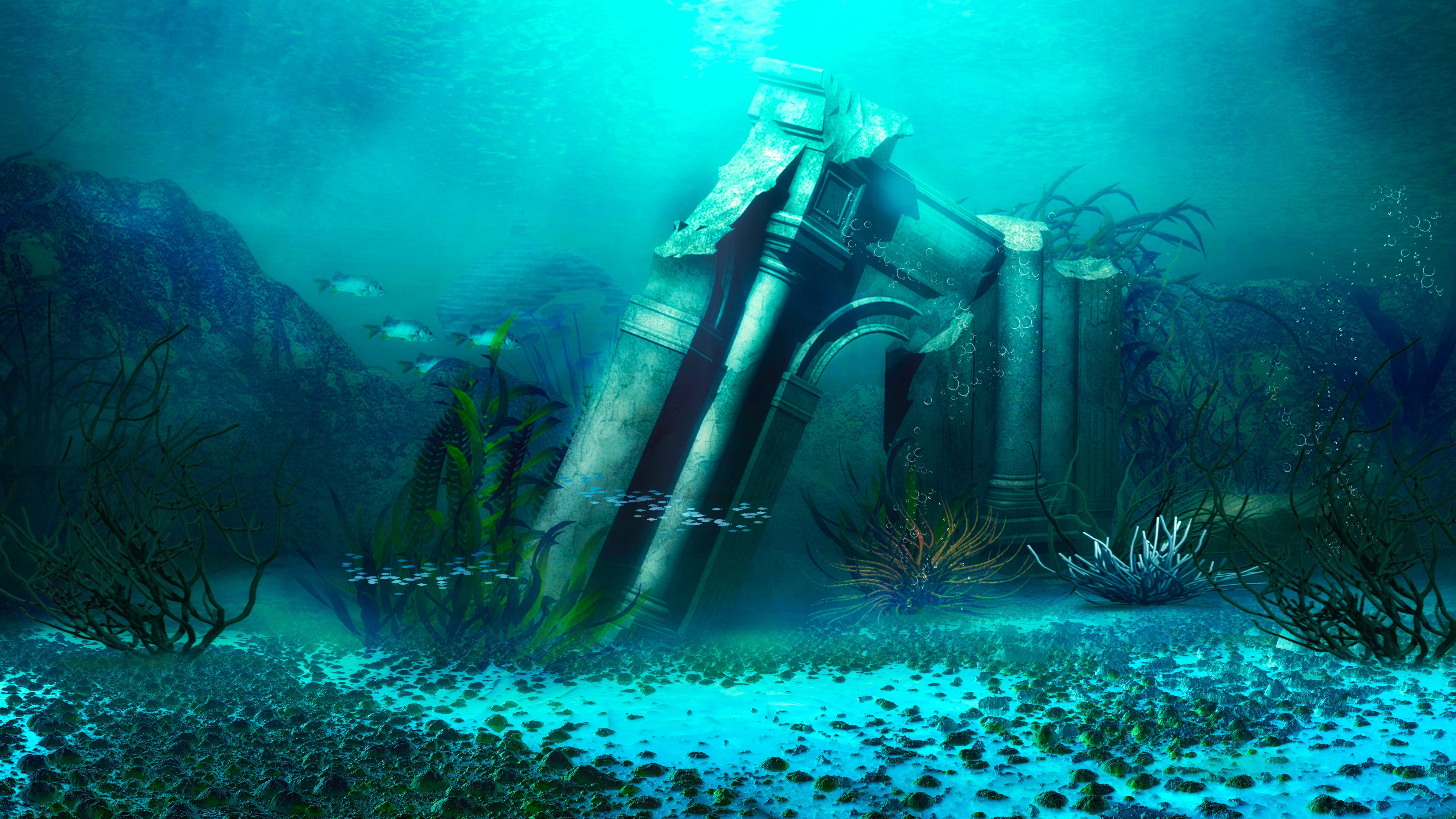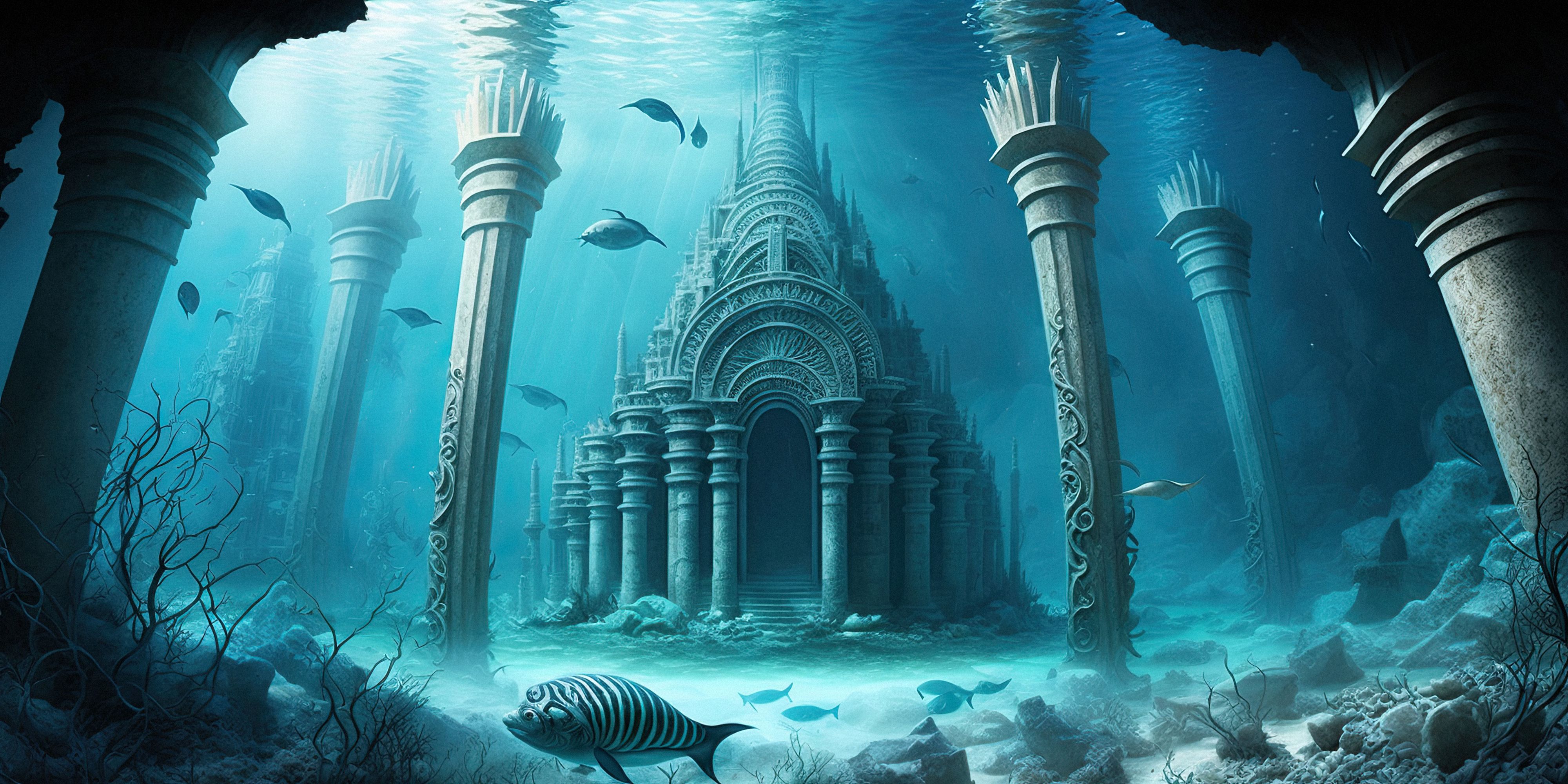Misplaced cities have all the time, it appears, had a grip on the human creativeness—from the submerged metropolis of Atlantis to the misplaced South American metropolis of El Dorado, legendarily glittering with gold.
In current many years, using LiDAR (Mild Detection and Ranging) expertise has allowed archaeologists to unearth a few of the world’s now-not-so-lost cities, together with the invention of a lost Mayan city complete with temple pyramids in Mexico.
Nonetheless, some misplaced cities, just like the “Atlantis” of the Amazon, stay mysteries. The seek for this vanished civilization ended ignominiously with the dying of British explorer Percy Fawcett and two others in 1925.
However the misplaced metropolis of Z in Brazil, for which they had been looking has, like Atlantis and El Dorado, change into an exemplar of the thought of a complicated civilization within the historical world—a lot in order that it later grew to become the idea of a best-selling e-book and a significant movement image starring Charlie Hunnam and Sienna Miller.

Associated
Forget Atlantis: The Lost Temple Of Poseidon Has Finally Been Discovered
It will not be a misplaced sunken island, however this newly found temple to a sea god in Greece is certainly one of many wonders of the traditional world.
What Was The Misplaced Metropolis Of Z in Brazil?
A mix of El Dorado and Atlantis within the Amazon rainforest
The “Atlantis” of the Amazon was not at all simply one other use of Atlantis—the submerged island whose story was instructed by the traditional Greek thinker Plato—as a synonym for a misplaced metropolis. Percy Fawcett, a conflict hero, and skilled explorer and surveyor, usually on behalf of the Royal Geographical Society, had been exploring remote areas of South America for almost 20 years.
His seek for the misplaced metropolis of Z was impressed by El Dorado, the legendary South American metropolis of gold that had been sought-after by Spanish conquistadors and explorers for the reason that sixteenth century, and by Atlantis. It was Fawcett’s concept, influenced by concepts of his age like theosophy and psychometry, that the misplaced metropolis within the Amazon had been based by individuals who had fled from Atlantis when it sank.
“The connection of Atlantis with elements of what’s now Brazil is to not be dismissed contemptuously,” Fawcett notes in his memoir,
Exploration Fawcett
, compiled from letters and journals by his son, Brian. “And perception in it—with or with out scientific corroboration—affords explanations for a lot of issues which in any other case are unsolved mysteries.”
He believed this misplaced metropolis was to be discovered within the Amazon rainforest, particularly within the Mato Grosso state of Brazil. So in 1925, he got down to discover it along with his son Jack and Raleigh RImmell, considered one of Jack’s college associates. None was ever seen once more.

Associated
“Yellow Brick Road To Atlantis” Found At U.S National Park Site
A startling yellow brick street has been discovered atop an undersea mountain within the Pacific Ocean, fueling new hypothesis in regards to the existence of Atlantis.
Who Killed Percy Fawcett And His Fellow Explorers?
An Indigenous tribe was doubtless accountable, however nobody is aware of for certain
Fawcett and his fellow explorers weren’t looking for the best places in Brazil for a peaceful vacation. They had been journeying into areas of the Amazon so distant that they had been assembly Indigenous tribes that had little to no contact with the surface world. After leaving Lifeless Horse Camp in Mato Grosso, the final place they had been ever seen alive, their search took them alongside the Higher Xingu River.
Primarily based on the tales which have been instructed since, first in 1951 by Brazilian Indigenous rights activist Orlando Villas Boas, and later by David Grann, writer of the best-selling 2009 e-book The Misplaced Metropolis of Z: A Story of Lethal Obsession within the Amazon, the Fawcett occasion had been killed by one of many tribes on this area.
In line with Villas Boas, Fawcett was killed by the Kalapalo tribe after he refused to share a duck and an incident involving a toddler being slapped. Villas Boas later claimed to have recovered Fawcett’s bones, nevertheless it was by no means confirmed that they belonged to the long-missing explorer. His two companions had been mentioned to have been thrown into a close-by lake.
The Kalapalos have since disputed this story, claiming they didn’t hurt Fawcett or his occasion and tried to warn them away from visiting different tribes within the space who had been identified to be hostile. That was the model instructed to Grann by a Kalapalo chief.
“Individuals all the time say the Kalapalos killed the Englishmen. We tried to avoid wasting them.”
|
Whose concept was the misplaced metropolis of Z? |
British explorer Percy Fawcett |
|
Did he ever discover it? |
No, he and his occasion had been killed circa 1925 |
|
Who was answerable for his dying? |
The Kalapalo tribe or one other in Mato Grosso, Brazil |

Associated
7 Atlantis Myths Everyone Believes (But Aren’t Actually True)
It isn’t inconceivable to search out Atlantis myths everybody believes however aren’t really true, and these seven are a very good instance of that phenomenon.
Why Has The Misplaced Metropolis Of Z By no means Been Discovered?
Many historical cities have been discovered within the Amazon within the years since
Fawcett’s concept of the Lost City of the Z was of an historical civilization based by individuals with crimson hair and blue eyes. He didn’t consider the native tribes of the Amazon had been able to something so complicated or subtle.
He was mistaken. LiDAR expertise has since helped uncover a number of historical cities within the Brazilian rainforest, together with a lost city in the Amazon from the 18th century. Nonetheless, most misplaced cities discovered have been far older, together with the Kuikuro complicated on the Higher Xingu River, found within the Nineties in the identical space the place Fawcett had been trying.
Ruins had been uncovered in some 20 interconnected settlements constructed round a central plaza. Town was as subtle as any in Europe on the time, with a inhabitants of as many as 50,000 that thrived between the ninth and seventeenth centuries.
Extra historical metropolis websites have since been discovered, as have thousands of “Stonehenges” in the Amazon Rainforest. Sadly, nevertheless, no Atlantis connection has but been uncovered.



Recent Comments